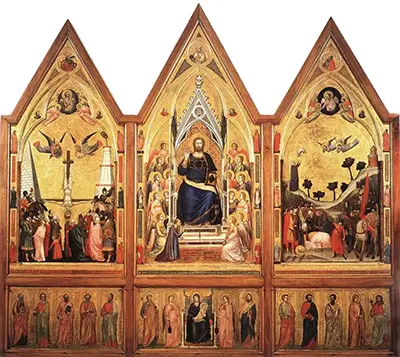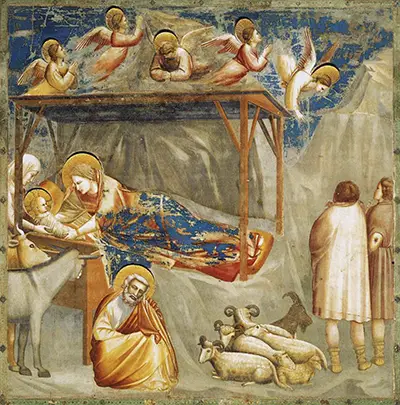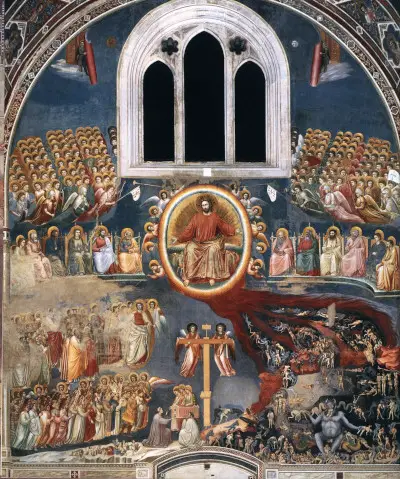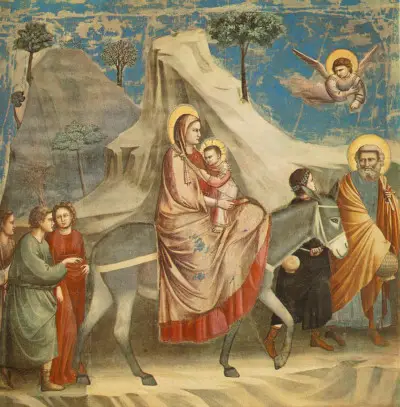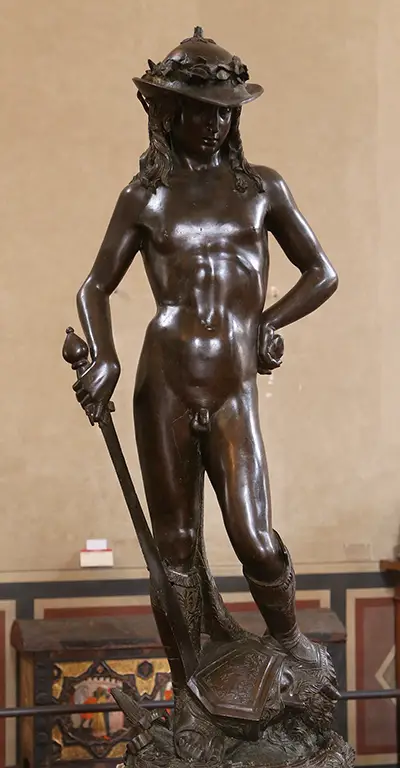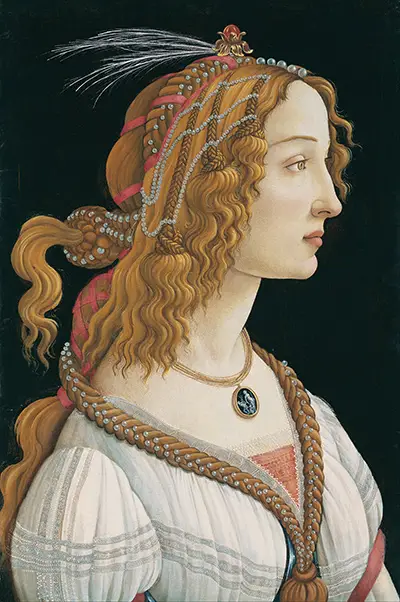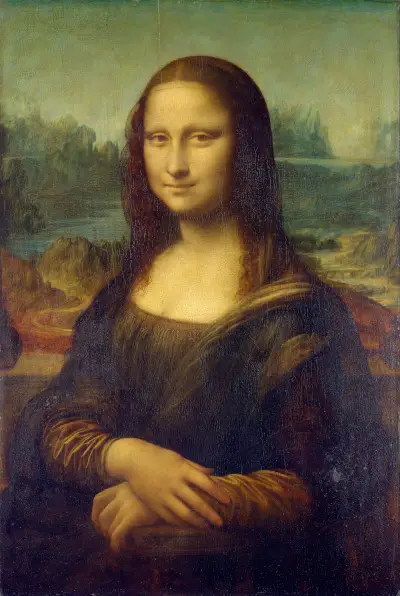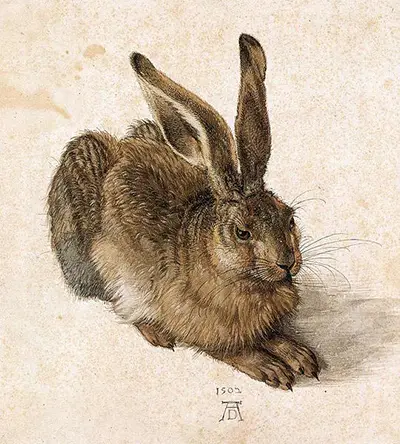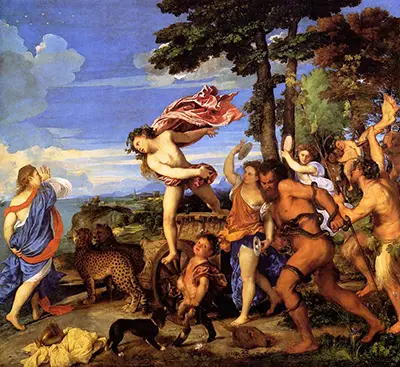Resurrection is another Giotto fresco found in the Scrovegni Chapel in Padua, Italy.
Composition
The composition features two very clear sections of figures, as indicated by the different colored garments that they wear. Three figures sit in the upper half of the work in white robes, whilst a further section sit on the ground just below, wearing brighter tones.
Christ stands triumphantly, holding a flag aloft as his followers react in shock to his return. Giotto’s Resurrection would inspire and influence how many other artists would later tackle the same topic, with religious art being dominant during this period in Italy.
Part of the Scrovegni Chapel
The painting itself is loosely dated to circa 1304-1306, though this time frame is used to cover all of the artist’s work within the chapel, and it is unclear as to the order in which he completed them in.
This project would become one of the most significant periods in Giotto’s career. He beautifully captured scenes from the Bible within the chapel, and laid them out in a grid structure, with additional artworks spreading across the lowest level of each wall. Despite making use of assistants for this work, there is still an impressive stylistic consistency across each series of works, with Resurrection smoothly sitting alongside its nearest neighbours.
Description
The pained expressions on the faces of those in the bottom section of the work will remind some of the work of Piero della Francesca, and it was a key part of Giotto’s innovative art that emotion was starting to appear within his work. Indeed, the artist created his own version of Resurrection in which the angles are altered, with Christ holding a flag square on to us, with the other figures placed below him.
A closer inspection reveals the original colors used by the artist, with sandy tones used for the foreground, capturing this geographical location, with some additions of plants dotted about. The barren nature of this environment is underlined by these plants’ less than healthy appearance.
Christ himself gestures to his followers who are overcome with emotion as he wanders off. He holds a flag high up, perhaps symbolizing his return. A halo wraps a golden tone around his head, and the color continues into details on his clothing, with strips of gold paint lining his white robe.
Conclusion
Whilst Resurrection is not one of the most celebrated additions to the Scrovegni Chapel, it is still an important piece within Giotto’s career. We can compare his interpretation on this theme with other Renaissance artists, such as della Francesca. It also continues the overall success and consistency of his work within the chapel, albeit aided by some highly skilled assistants.
Giotto remains well known for his incorporation of emotion into his work, and we see some great examples of that within this fresco. There is also a connection between Christ and his nearest follower, with his gaze directed at the figure who kneels before him. Previously, art within Italy could often lack this level of connection, making Giotto an important influence on the early stages of the Renaissance.
More Renaissance Artists




 Giotto.jpg)
 Giotto.jpg)
